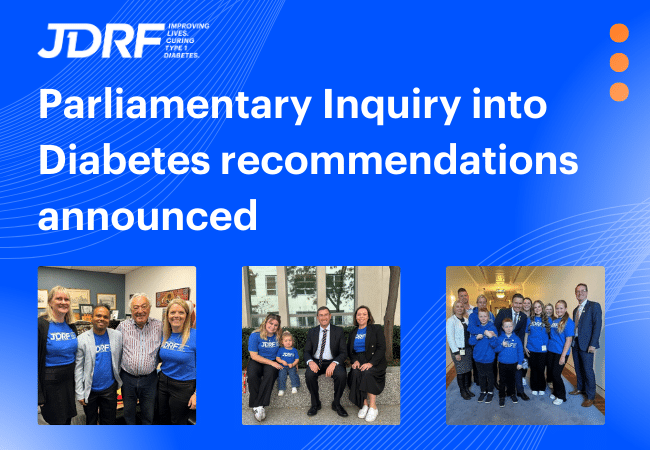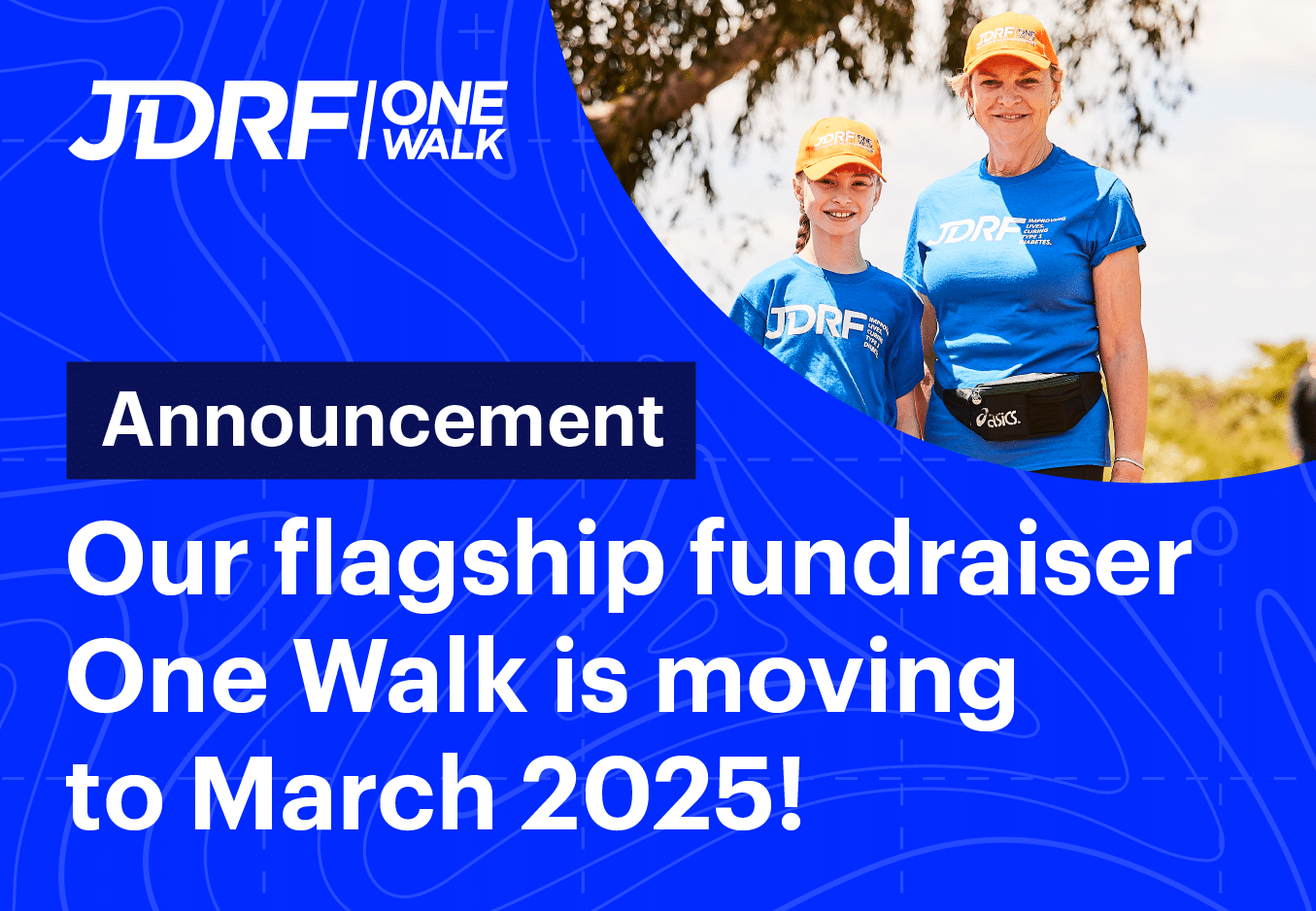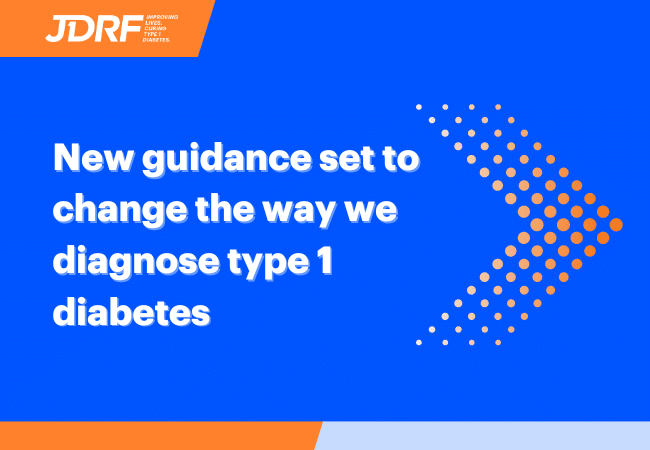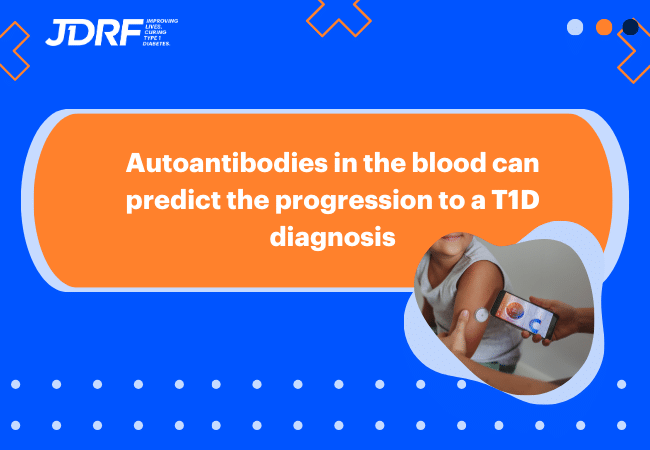New Results: Analysis of the Government’s CGM Subsidy Scheme
An analysis of the impact of the Australian Government’s continuous glucose monitoring (CGM) subsidy scheme for people aged under 21 has recently been published in the journal Diabetes Care.
Led by Prof Tim Jones and the Australasian Diabetes Data Network (ADDN) Study Group, the study found that those who registered for the subsidy had significant improvements in their glucose management and health outcomes. Read on to find out more about these exciting results.
What did this study involve?
This study was designed to assess the impact of the Australian Government’s CGM subsidy scheme, introduced in 2017 for people with T1D aged younger than 21 years.
By analysing data recorded in the ADDN, researchers were able to determine the rate of CGM uptake among people eligible for the subsidy, and whether their health outcomes improved after using CGM technology.
What were the results of this study?
Prior to the subsidy scheme, the usage rate of CGM in people aged under 21 in Australia was less than 5%. After the subsidy, this increased to 79%. Of those with documented CGM use, 65% of people used CGM more than 75% of the time, with only 31% using CGM less than 25% of the time.
After 6 months of using CGM, people who took part in the scheme were more likely to have an HbA1c of less than 7%. This likelihood continued to improve throughout the 2-year study period. Average HbA1c among young people taking part in the CGM scheme decreased by 0.3-0.5% overall. In the group of people who did not register for CGM use, there was an increase in average HbA1c over the same period.
Importantly, young people who took part in the CGM scheme were less likely to experience severe hypoglycaemia throughout the length of the study. Among those who used CGM more than 75% of the time, rates of diabetic ketoacidosis (DKA) were also lower compared to those using CGM less than 25% of the time.
What does this mean for people with T1D?
This study provides real-world data showing that subsidising CGM access increases its usage, which in turn improves health outcomes for young people with T1D. Data from real-world scenarios such as this is of huge importance to funders, policy makers and clinicians, and for people with type 1 diabetes to make informed decisions about their treatment options.
Where did the data come from?
ADDN is a registry that captures deidentified clinical data from 18 diabetes centres across Australia and New Zealand. ADDN captured data from 3,060 people with T1D over the course of this study, with 2,625 of those people registering for the government’s CGM scheme.
What happens next?
This data will be a powerful tool for JDRF to use in its campaign to enable access to subsidised CGM for all people with type 1 diabetes. It provides evidence to strengthen our argument that technology provides a vital role in managing T1D and should be available to everyone, regardless of age. We continue to advocate for this access and work with the Government and Department of Health to develop new pathways for access to technology.




